
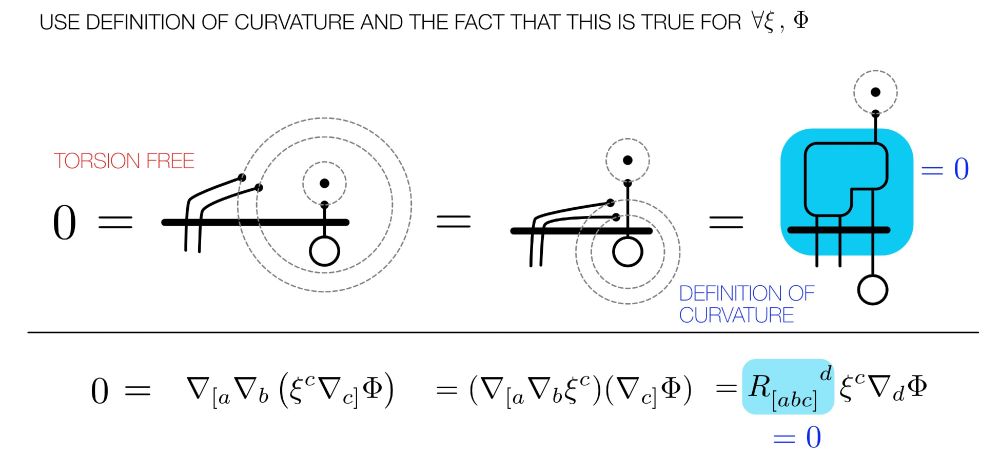
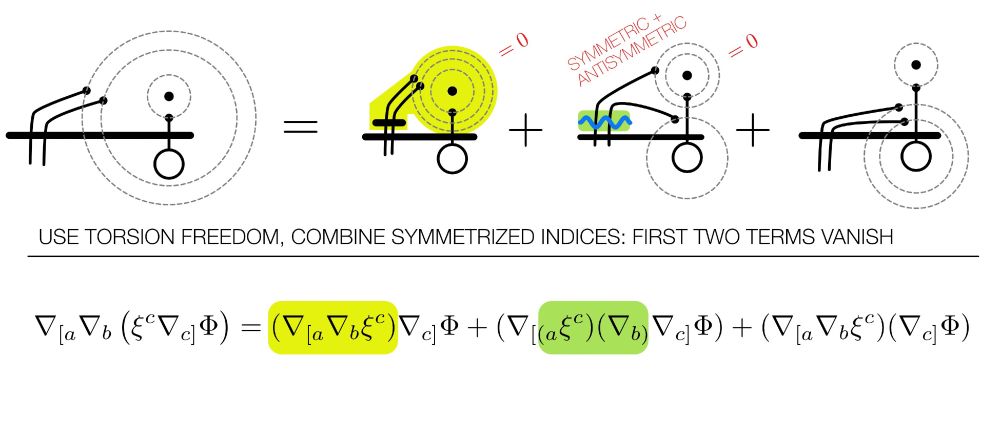

By the torsion free condition (highlighted in yellow) this quantity is zero. Next we expand the left-hand side.
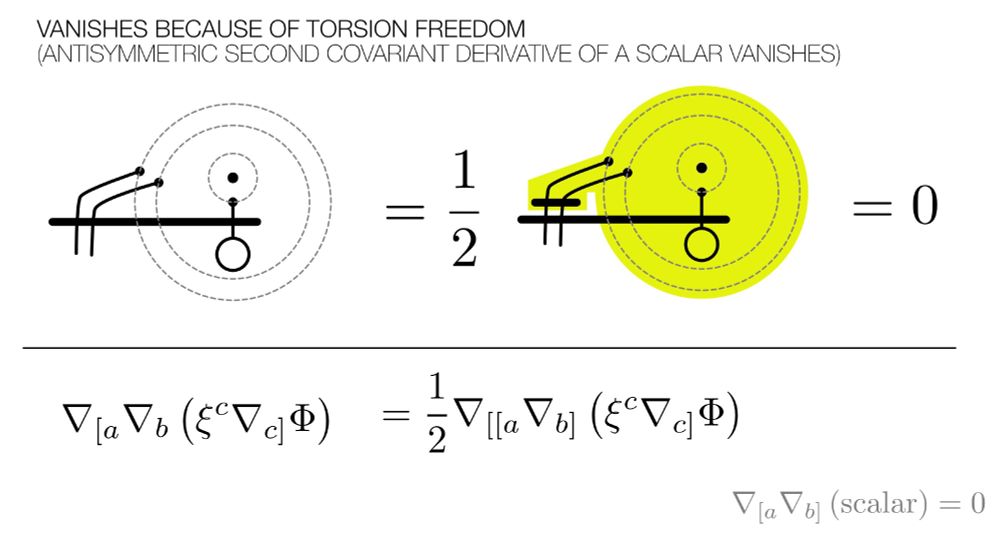
By the torsion free condition (highlighted in yellow) this quantity is zero. Next we expand the left-hand side.

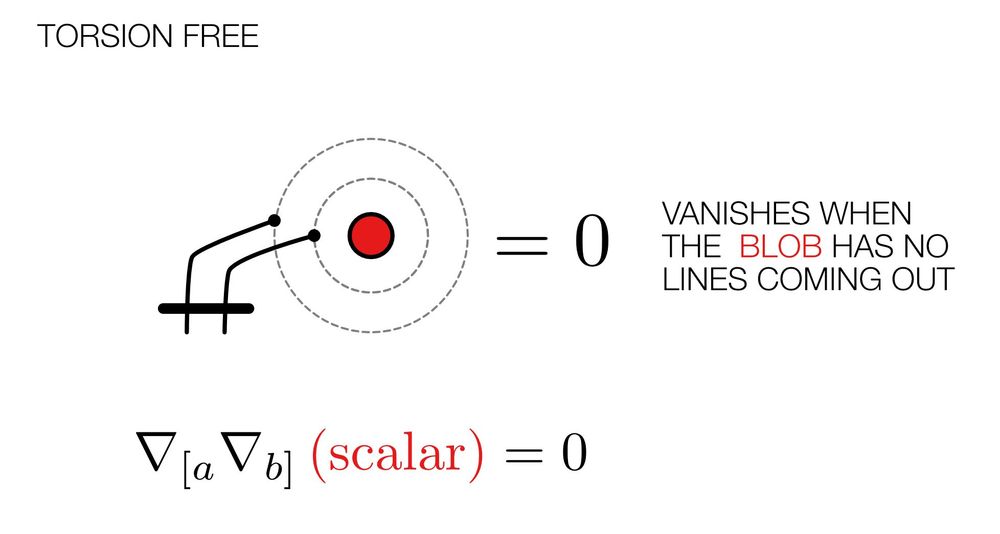
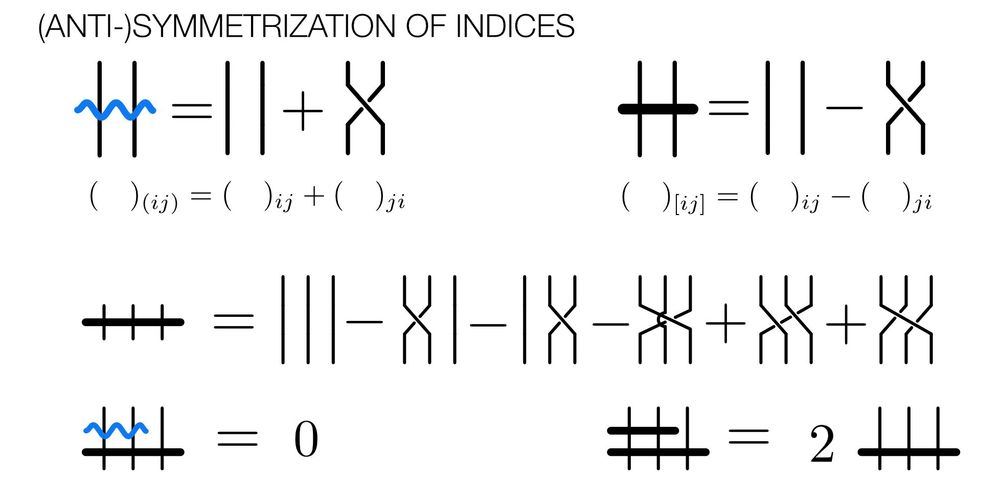


This is a solution to exercise [14.10] in Penrose's Road to Reality.

This is a solution to exercise [14.10] in Penrose's Road to Reality.
Next week we're discussing Rachel Carson's classic, Silent Spring. The book continues to hold its own as remarkable feat of accessible science writing 63 years after its original publication.

Next week we're discussing Rachel Carson's classic, Silent Spring. The book continues to hold its own as remarkable feat of accessible science writing 63 years after its original publication.



online.kitp.ucsb.edu/online/parti...
We had a fantastic lineup of speakers.


online.kitp.ucsb.edu/online/parti...
We had a fantastic lineup of speakers.
The event brings together high school physics teachers to connect to the big ideas in research at the KITP. This year it was associated with our "What is Particle Theory" workshop.

The event brings together high school physics teachers to connect to the big ideas in research at the KITP. This year it was associated with our "What is Particle Theory" workshop.
n.b. I am not affiliated with IAIFI or the school, just passing along the opportunity.
Application: iaifi.org/phd-summer-s...

n.b. I am not affiliated with IAIFI or the school, just passing along the opportunity.
Application: iaifi.org/phd-summer-s...
#physics #machine-learning

#physics #machine-learning
Original from: Paul Noth (www.paulnoth.com) 2011 ("Nobody ever asks *how* is Waldo.")

Original from: Paul Noth (www.paulnoth.com) 2011 ("Nobody ever asks *how* is Waldo.")


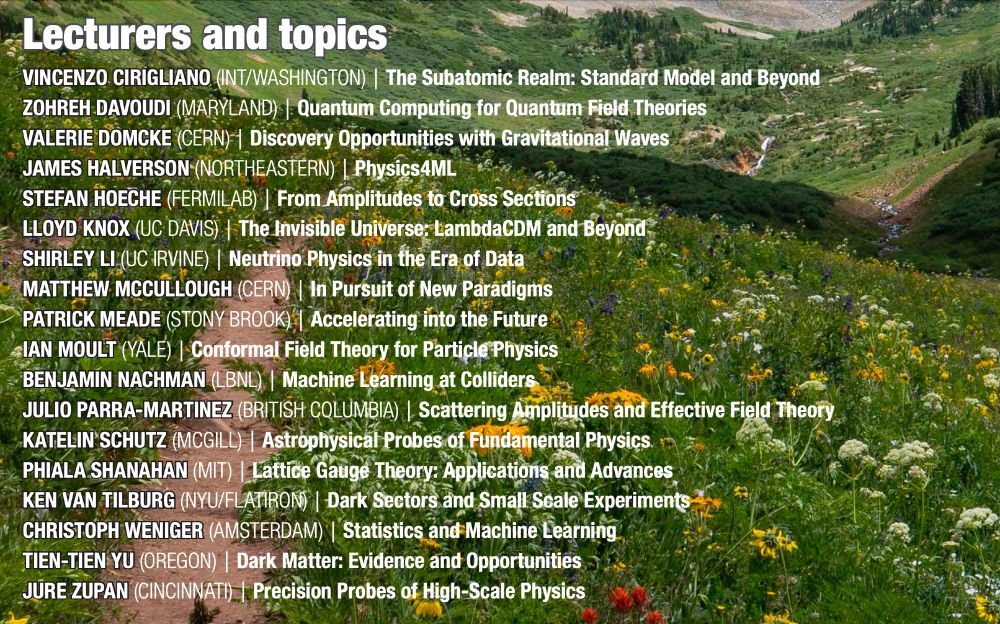
nytimes.com/interactive/...

nytimes.com/interactive/...
[Forgive the typos in the table below. I'll leave it to my students to catch them later.]

[Forgive the typos in the table below. I'll leave it to my students to catch them later.]




